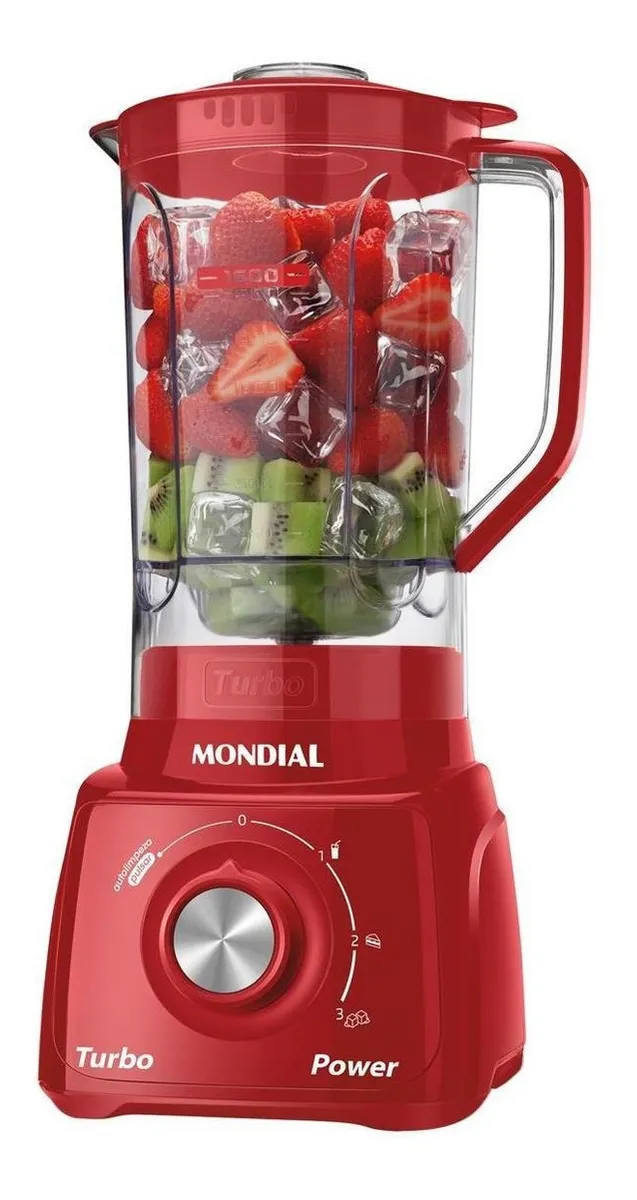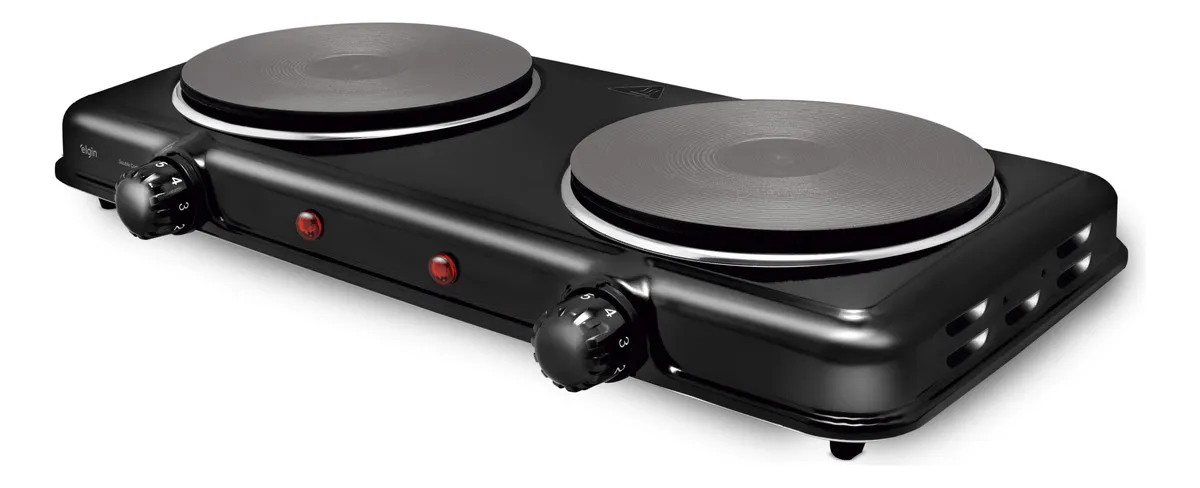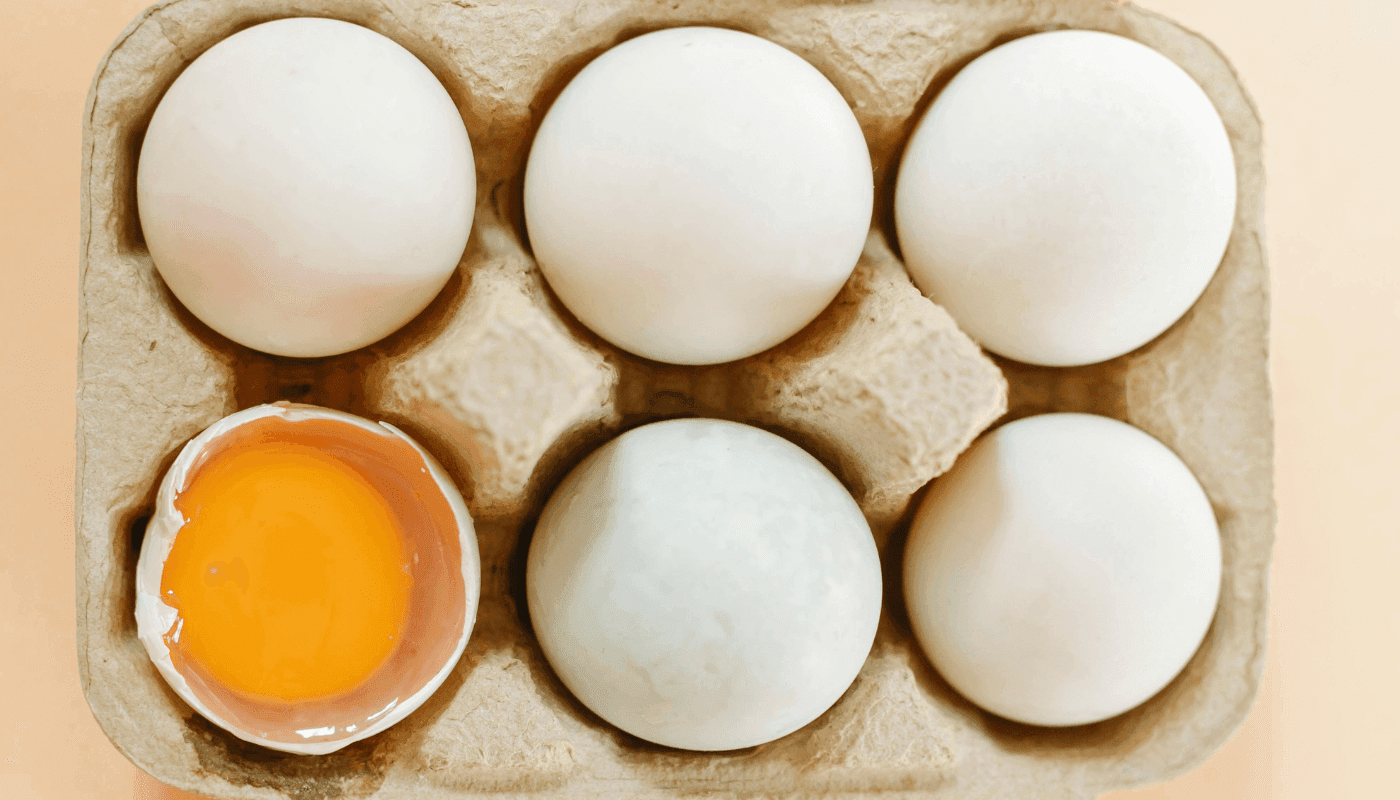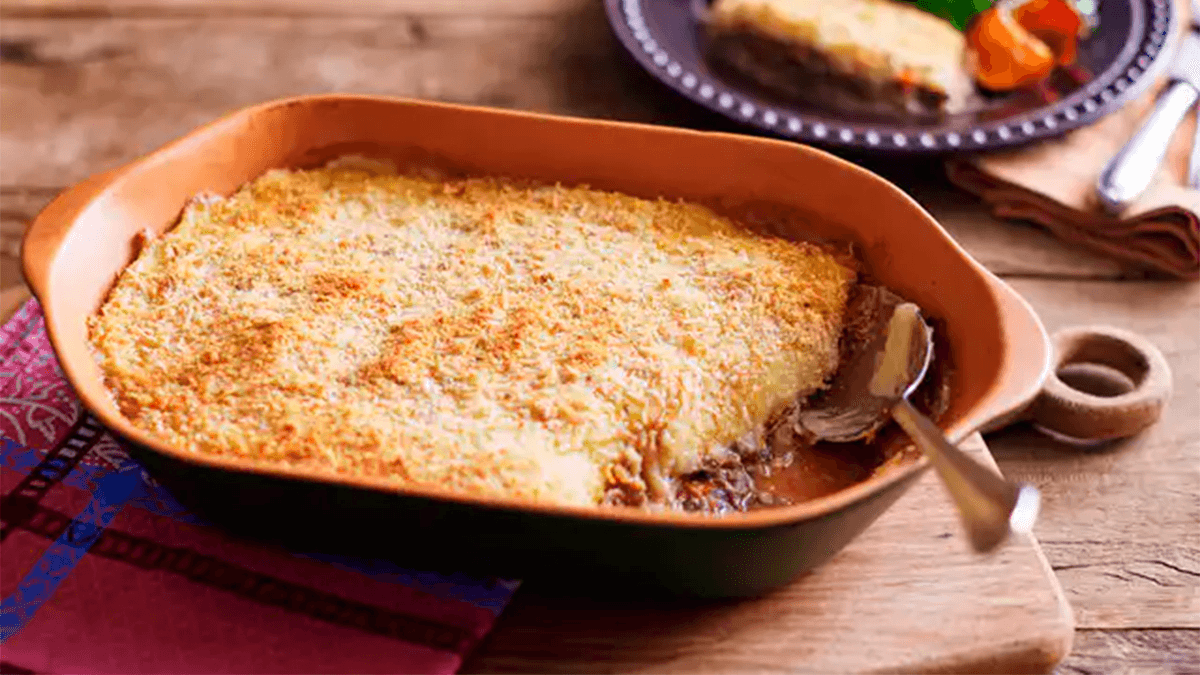How to Save Broken Meringue: Tips and Easy Recipe!
Learn to save meringue that has broken with simple and effective tricks. Also check out a French meringue recipe and tips for pairings to impress with your dessert!
Introduction
Meringue is a classic pastry preparation, known for its lightness, sweetness, and versatility. Whether to cover cakes, fill pies, or compose desserts like Pavlova, meringue is always a hit. However, even the most experienced pastry chefs can encounter a problem: meringue that has broken. But don’t worry! In this article, we will teach you how to save meringue that has broken, identify possible causes of the problem, and share a foolproof French meringue recipe. Additionally, you will discover delicious pairing suggestions for your meringue creations. Get ready to master the art of perfect meringue!
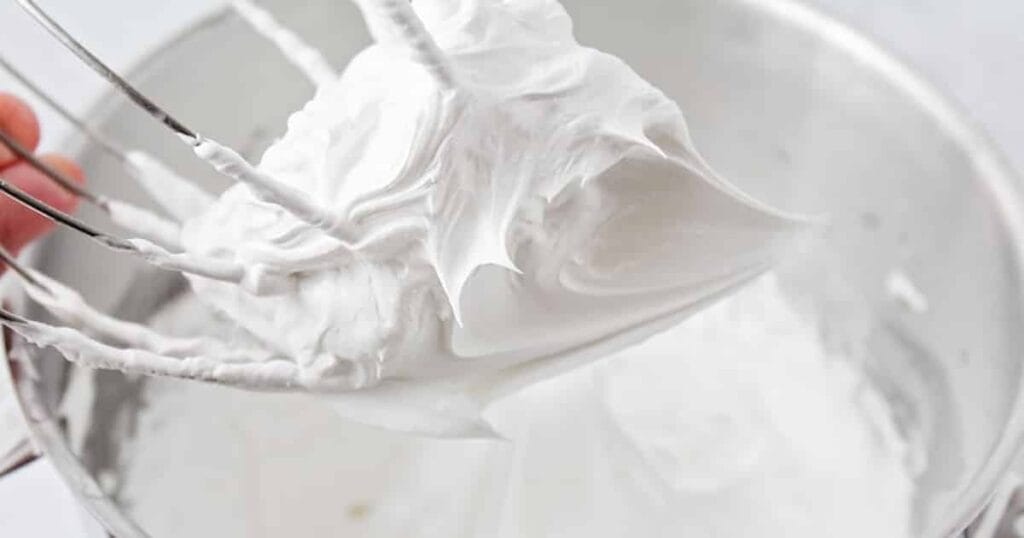
Why Does Meringue Break? Understanding the Causes
Before learning how to fix it, it is important to understand why meringue breaks. The main reasons are:
- Fat Residue: Any trace of fat in the bowl, beaters, or even in the egg whites (like a small piece of yolk) can prevent the whites from whipping properly. Fat interferes with the formation of bonds between egg white proteins, which are essential for the meringue’s structure.
- Adding Sugar at the Wrong Time: Adding sugar too early, before the whites start to foam, can make it hard to form firm peaks. Sugar should be incorporated gradually after the whites are already white and foamy.
- Excess Moisture: Humid days or an environment with high air moisture can hinder the process since the egg whites absorb moisture and lose their ability to hold air.
- Egg Whites Not Whipped Properly: Whipping egg whites too long at low speed or too fast at high speed can result in an unstable meringue. It’s important to start whipping at low speed and gradually increase to high speed.
- Cold Egg Whites: Egg whites at room temperature whip better and form firmer peaks than cold egg whites.
- Wet Beaters or Bowl: Wet utensils, even with water, can introduce excess moisture and damage the meringue’s structure.
How to Save Broken Meringue: 4 Effective Techniques
If your meringue has broken, don’t be discouraged! Depending on the problem, it can be recovered. Here are four techniques that can save your dessert:
1. Gently Heat in a Double Boiler: For Soft Meringues
If your meringue is soft and not forming firm peaks, heating can help stabilize the whites. This technique is more suitable for Swiss and Italian meringues, which already use heat in their preparation.
- Place the meringue bowl over a pan of hot water, but not boiling (double boiler). Make sure the bottom of the bowl does not touch the water.
- Whip the meringue at low speed using a whisk or mixer until it starts firming up again.
- Heat just enough to stabilize the egg whites, being careful not to cook them. The meringue should be warm, not hot.
2. Add Sugar Gradually: For Runny Meringues
If the meringue is very runny, the problem may be incorrect sugar addition. Continue whipping and add the remaining sugar very slowly, a tablespoon at a time, sifting it over the whipped whites.
Tip: Make sure the whites are already foamy and starting to form soft peaks before adding more sugar.
3. Lemon Juice or Vinegar: To Stabilize the Whites
Adding an acid like lemon juice or white vinegar helps stabilize the whipped whites and can save meringue that is starting to break.
- Add 1/2 teaspoon of lemon juice or white vinegar for each egg white used in the recipe.
- Continue whipping at high speed until the meringue forms firm and glossy peaks again.
4. Add Fresh Egg Whites: For Overwhipped Meringues
If the meringue has been overwhipped and looks grainy or curdled, the solution may be to add a fresh (room temperature) egg white and whip again.
- Add one fresh egg white to the mixture.
- Whip at medium speed until the white is incorporated and the meringue becomes smooth and glossy again.
- If necessary, add another egg white, but go slowly to avoid making the meringue too runny.
Attention: If the meringue is completely runny and without structure, even after trying these techniques, it may be necessary to start over.
French Meringue Recipe: Simple and Foolproof
There are three main types of meringue: French, Swiss, and Italian. French meringue is the simplest and quickest to make, ideal for beginners. Check the recipe:
Ingredients:
- 4 large egg whites (about 120g), at room temperature
- 1 cup (200g) granulated sugar
- 1/4 teaspoon cream of tartar (optional, helps stabilize the whites)
- 1/2 teaspoon vanilla extract (optional)
Preparation Method:
- Prepare the utensils: Make sure the bowl and beaters (or whisk) are completely clean and dry. Any fat or water residue can prevent the whites from whipping.
- Separate the whites: Carefully separate the whites from the yolks, ensuring no yolk particles fall into the whites. Let the whites reach room temperature for about 30 minutes.
- Whip the whites: Place the whites in the mixer bowl and add cream of tartar (if using). Start whipping at low speed until the whites begin to foam and turn white.
- Add sugar gradually: Increase the mixer speed to medium-high and add the sugar one tablespoon at a time, whipping continuously. It’s important to add sugar slowly so it dissolves fully in the whites.
- Whip until firm peaks form: Continue whipping at high speed until the meringue forms firm and glossy peaks. This means that when you lift the beaters, the meringue forms peaks that do not fold over. The meringue should also be smooth and shiny, without visible sugar grains.
- Add vanilla (optional): If desired, add vanilla extract and whip just to incorporate.
- Use immediately: French meringue should be used immediately, as it tends to lose stability over time. You can use it to cover cakes, fill pies, make meringue cookies, or other desserts.
Tips for Perfect French Meringue:
- Eggs at room temperature: Egg whites at room temperature whip better and produce a more stable meringue.
- Granulated sugar: Granulated sugar dissolves more easily in egg whites than coarse sugar.
- Cream of tartar: Cream of tartar is an acid that helps stabilize whipped whites but is optional. If you don’t have it, you can use a few drops of lemon juice or white vinegar.
- Don’t overwhip: Whip the meringue just until firm peaks form. Overwhipping can dry out the meringue and make it brittle.
10 Suggestions for Meringue Pairings
Meringue is delicious on its own, but it can also be combined with a variety of pairings to create amazing desserts. Here are some ideas:
- Fresh Fruits: Strawberries, raspberries, blueberries, blackberries, kiwis, mangoes, and sliced peaches are classic options that add freshness, color, and a touch of acidity that balances the sweetness of the meringue.
- Whipped Cream: A layer of fresh lightly sweetened whipped cream between the meringue and fruits is an irresistible combination.
- Red Fruit Sauce: A homemade sauce made with red fruits (strawberries, raspberries, blackberries) cooked with a bit of sugar and lemon juice is a delicious and easy option.
- Ice Cream: The contrast between the crunchy meringue and creamy ice cream is a unique sensory experience. Try flavors like vanilla, cream, chocolate, strawberry, or lemon.
- Chocolate Ganache: A semi-sweet or milk chocolate ganache adds a touch of sophistication and intensity to the meringue.
- Pastry Cream (Crème Pâtissière): A classic pastry cream made with milk, yolks, sugar, and vanilla is a creamy and tasty option to fill or accompany meringues.
- Lemon or Passion Fruit Curd: Curd is a citrusy and velvety fruit cream that pairs perfectly with the sweetness of meringue.
- Greek Yogurt: A lighter and healthier option, natural or honeyed Greek yogurt can be served with meringue and fresh fruits.
- Canned Fruits: Peaches, pineapple, or figs in syrup are a practical and tasty option to accompany meringue.
- Dried Fruits and Nuts: Walnuts, almonds, hazelnuts, cashews, or chopped pistachios and dried fruits like apricots or raisins add crunch and a special flavor to the meringue.
Conclusion
Making meringue can seem intimidating at first, but with the right techniques and a bit of practice, you will be able to prepare perfect, light, crunchy, and delicious meringues. And if something goes wrong and your meringue breaks, don’t worry! With the tips we shared, you will be able to save the meringue and still create amazing desserts. Remember to use quality ingredients, follow the recipe instructions carefully, and above all, have fun in the process. Now just get your hands in the dough and enjoy your creations!
Have you ever had problems with meringue falling apart? Share your experiences, questions, and tips in the comments!
Image Source: confeiteiradesucesso marianapaludo

